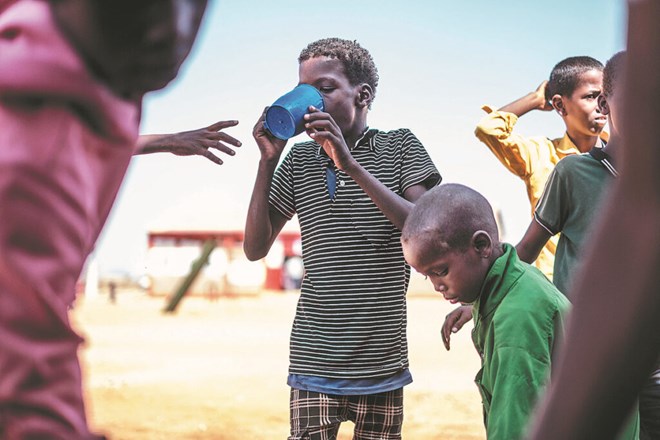
Friday March 3, 2023

NAIROBI, Kenya – The humanitarian crisis in the Horn of Africa caused by the most prolonged and severe drought in recent history is set to deepen further as forecasts predict a sixth consecutive failed rainy season in March-May.
The United Nations High Commissioner for Refugees, or UNHCR, said more than 8 million people require food assistance in Kenya, Ethiopia and Somalia, with about 332,000 in urgent need and extremely at risk.
On Tuesday, the agency appealed for $137 million to provide lifesaving assistance to more than 3 million refugees and internally displaced people in the three countries. It said the displaced communities are struggling to survive amid scarce water sources, hunger, insecurity and conflict.
advertisements
A UNHCR spokeswoman, Olga Sarrado, said prices of essential foodstuffs remain at an all-time high and out of reach for many people. “The dangerous confluence of climate and conflict in the region is worsening an already dire humanitarian situation,” she said.The UN Office for Coordination of Humanitarian Affairs estimates that the number of people facing crisis or worse acute food insecurity outcomes will increase to about 6.5 million across Somalia between April and June, including 223,000 people who are likely to face catastrophic hunger.
Magatte Guisse, humanitarian coordinator for Somalia ad interim, said the available funds can only sustain humanitarian response interventions through March.
“I urge donors to continue to stand with the people of Somalia at this time of unprecedented and devastating drought and provide additional funding to maintain the lifesaving response beyond March,” he said.
Currently, 288,000 people have internally been displaced in Somalia due to conflict and drought, the UN refugees agency said, adding that more than 180,000 refugees from Somalia and South Sudan have crossed into drought-affected areas of Kenya and Ethiopia.
Kenya’s Dadaab camps have seen their population swell to more than 320,000 refugees, putting pressure on the already overstretched resources, the UNHCR said.
ADVERTISEMENT. SCROLL TO CONTINUE READING.
Abdullahi Ali, who arrived in the camp in the 1990s and who serves as a community leader helping new arrivals settle in, told the UNHCR that while the refugees in Dadaab have gone through many challenges, nothing can be compared to what they are going through now.
He said the forecast of a sixth failed rainy season has dampened his prospects of returning home.
“I cannot go back to Somalia because the challenges are still there. The drought is still there. My farm, animals and even my house have been destroyed,” he said.